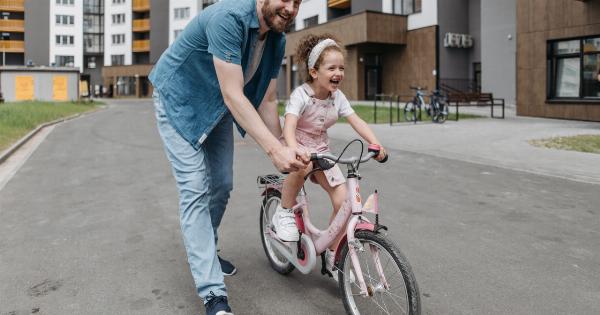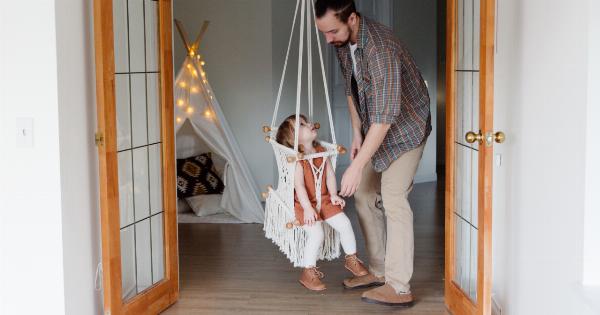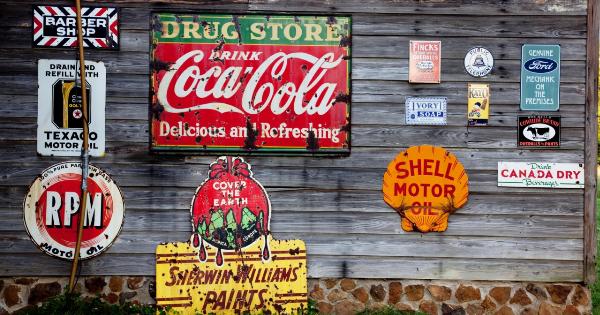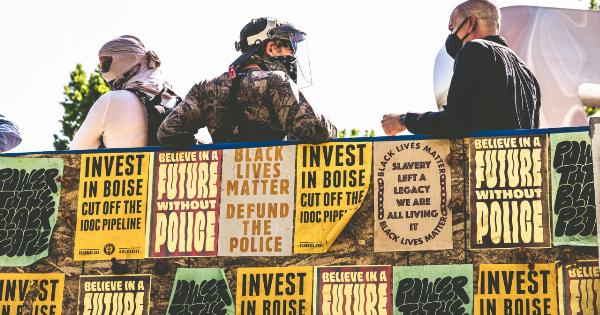Our perception of danger can be heavily influenced by the neighborhood we live in. The environment in which we reside greatly impacts how we perceive and interpret potential threats.
Factors such as crime rates, infrastructure, social cohesion, and access to resources all play a role in shaping our perception of danger. In this article, we will explore how our neighborhood can shape our perception of danger and discuss the implications of these perceptions on our daily lives.
The Impact of Crime Rates
One of the most significant factors that shape our perception of danger is the crime rate in our neighborhood. If we live in an area with a high crime rate, we are more likely to perceive our surroundings as dangerous.
We might be constantly on guard, feeling unsafe even in broad daylight. On the other hand, in neighborhoods with low crime rates, we may feel more secure and have a more relaxed perception of danger.
Infrastructure and Safety
The quality of infrastructure in our neighborhood can also influence our perception of danger. Well-lit streets, sidewalks, and functional security systems can make us feel safer and less vulnerable to potential threats.
Conversely, areas with poor infrastructure, such as broken streetlights or poorly maintained walkways, can create a sense of danger, making us more cautious and anxious about our surroundings.
Social Cohesion and Trust
Social cohesion within a neighborhood is another important factor that shapes our perception of danger. When there is a strong sense of community and trust among neighbors, we tend to feel safer and more secure.
Knowing that there are people around who look out for one another can provide a sense of protection against potential risks. On the other hand, if there is a lack of social cohesion, we may feel more isolated and vulnerable, leading to an increased perception of danger.
Access to Resources
The availability and accessibility of resources within our neighborhood can also impact our perception of danger.
Neighborhoods with limited access to essential resources such as healthcare, education, and employment opportunities tend to have higher crime rates. The absence of necessary resources can contribute to a sense of frustration, despair, and ultimately a higher perception of danger within the community.
Media Influence
The media plays a significant role in shaping our perception of danger within our neighborhood. News articles, TV programs, and social media platforms often highlight and sensationalize crime and dangerous incidents.
Constant exposure to such stories can create a distorted view of reality, making us believe that danger is more prevalent than it actually is. This constant bombardment of negative information can lead to increased fear and anxiety when navigating our own neighborhoods.
Cultural and Demographic Factors
Cultural and demographic factors also influence our perception of danger. Our upbringing, cultural background, and personal experiences all contribute to how we interpret and react to potential threats.
Different cultures may have varying thresholds for what is considered dangerous or threatening. Additionally, demographic factors such as age, gender, and socioeconomic status can shape our perceptions of danger as well.
Experiences and Personal Events
Our personal experiences and past events within our neighborhood play a crucial role in shaping our perception of danger. If we have experienced or witnessed crimes or dangerous situations firsthand, our perception of danger is likely to be heightened.
Traumatic events can create a lasting impact on our psyche, making us more vigilant and cautious in similar situations. Even events that did not directly happen to us but occurred within our neighborhood can still shape our perception of danger.
The Impact on Daily Life
Our perception of danger within our neighborhood can have a significant impact on our daily lives. It can influence our decision-making process and the choices we make regarding where we go and when.
If we perceive our neighborhood to be dangerous, we may avoid going out at certain times of the day or restrict our activities to specific areas perceived as safer. This fear-induced behavior can limit our freedom and opportunities for social engagement.
Furthermore, a heightened perception of danger can lead to increased stress, anxiety, and even social isolation.
Constantly feeling unsafe in our own neighborhood can take a toll on our mental and emotional well-being, affecting various aspects of our lives, including our relationships and overall quality of life.
Changing Perceptions and Creating Safer Neighborhoods
It is important to recognize that our perception of danger can be subjective and influenced by various factors. By understanding the contributing factors, we can work towards creating safer neighborhoods and challenging our own perceptions of danger.
Here are some strategies that can help:.
1. Community Engagement and Collaboration
Building strong community networks and fostering social cohesion can greatly contribute to creating safer neighborhoods.
Engaging with our neighbors, organizing community events, and establishing neighborhood watch programs can enhance trust and collaboration, making us feel safer and more secure.
2. Improving Infrastructure
Advocating for better infrastructure within our neighborhood is essential to enhance safety.
By ensuring well-lit streets, functional security systems, and well-maintained public spaces, we can create an environment that is conducive to a lower perception of danger.
3. Promoting Access to Resources
Working towards providing equal access to resources such as healthcare, education, and employment opportunities can address socio-economic disparities within our neighborhood.
Improving access to resources can help reduce crime rates and alleviate the factors that contribute to a higher perception of danger.
4. Media Literacy
Developing media literacy skills can help us critically evaluate news stories and information regarding crime and danger within our neighborhood.
By understanding how the media can sensationalize incidents, we can avoid falling into a cycle of constant fear and anxiety.
5. Education and Awareness
Raising awareness about the factors that influence our perception of danger can contribute to a more nuanced and objective understanding of our neighborhoods.
Education programs, workshops, and community discussions can help challenge stereotypes, biases, and misconceptions that may perpetuate a heightened sense of danger.
Conclusion
Our perception of danger within our neighborhood is shaped by various factors such as crime rates, infrastructure, social cohesion, access to resources, media influence, and personal experiences.
Understanding the influence of these factors is crucial for creating safer neighborhoods and challenging our own perceptions of danger. By actively engaging with our community, improving infrastructure, promoting access to resources, developing media literacy, and raising awareness, we can work towards creating neighborhoods where everyone feels safe and secure.






























